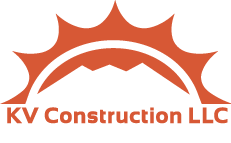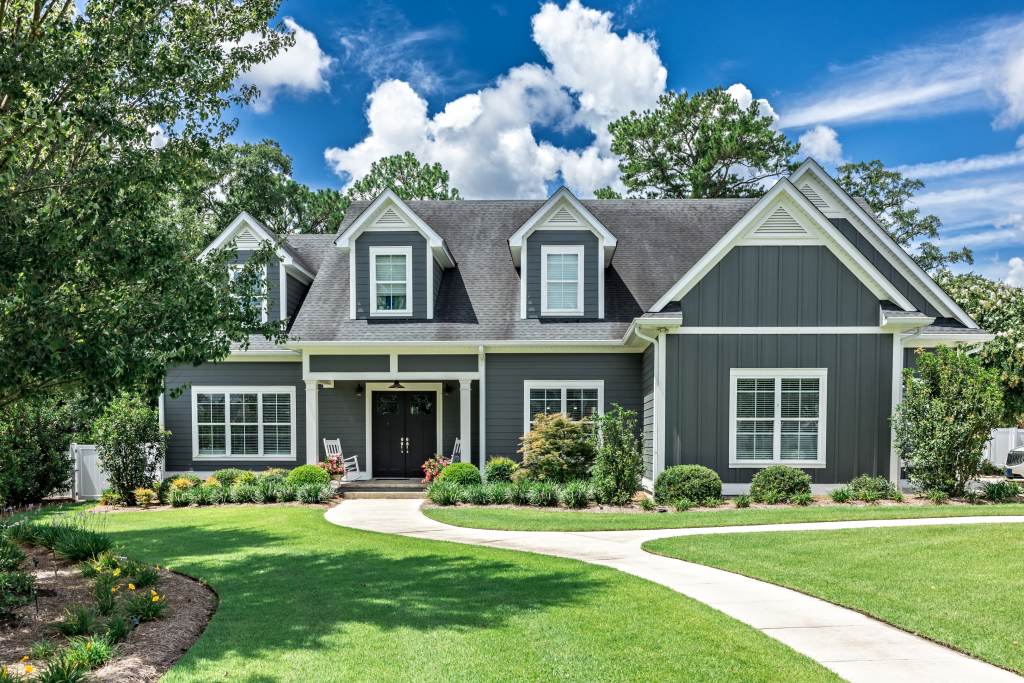Have you ever considered giving your home’s exterior a fresh new look? “Can you paint Hardie board?” you might ask. Painting Hardie board siding, a durable and eco-friendly option, might be the perfect solution. In this comprehensive guide, we’ll provide you with a step-by-step process and valuable tips to achieve successful results and transform your home’s appearance.
Short Summary
Hardie board siding is a popular choice for its durability, fire resistance, eco-friendliness and long warranties.
Painting Hardie Board siding can refresh its appearance and increase resale value. It’s recommended to hire a professional painter due to the complexity of the job.
Regular cleaning and inspection of Hardie Board siding is essential for maintaining its paint job. Repainting should be done every 10, 15 years with preparation steps taken prior in order to maintain warranty protection.
Understanding Hardie Board Siding
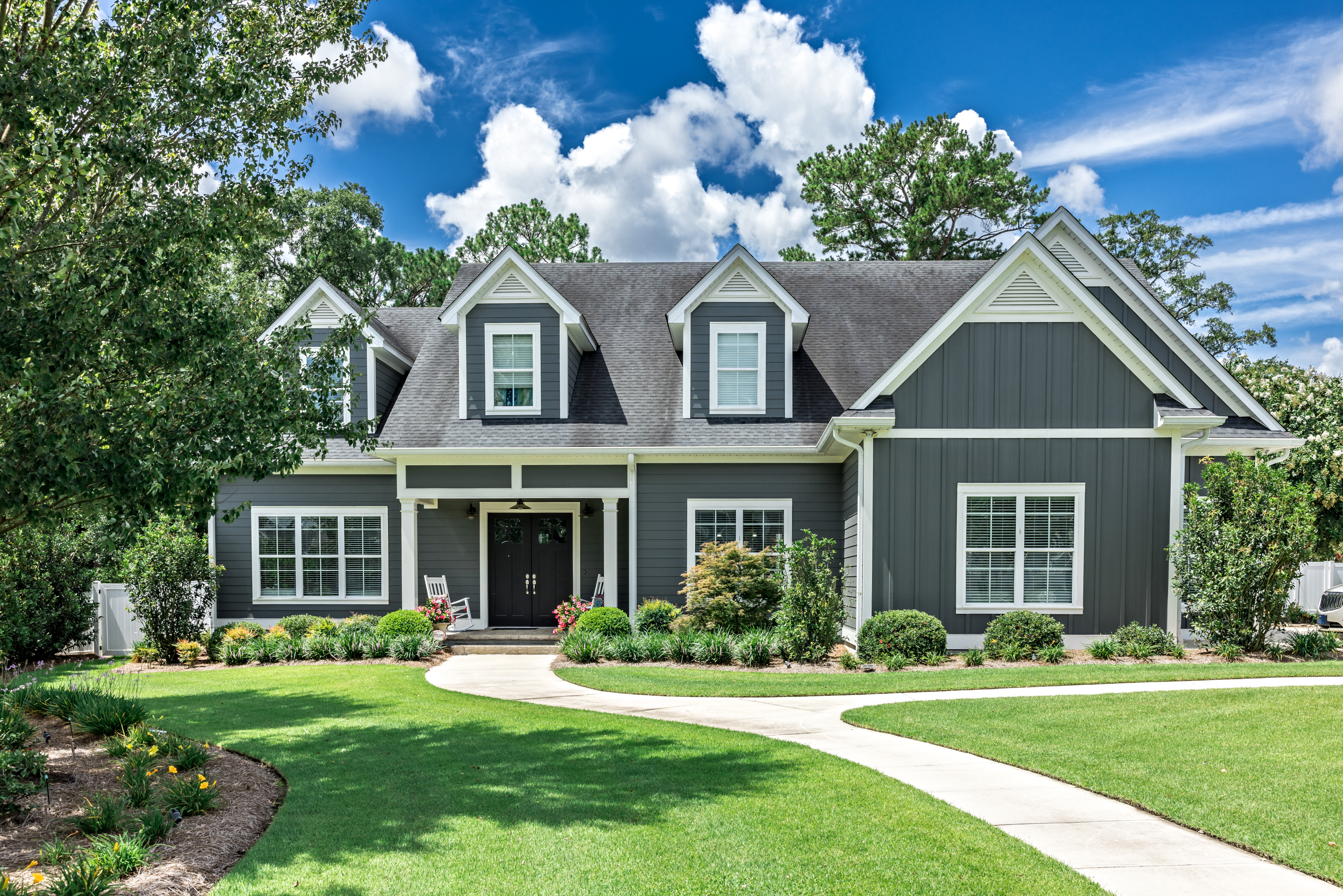
Hardie board siding, also known as fiber cement siding, has become a popular choice among homeowners for its durability, fire resistance, and eco-friendliness. This cement-based substrate offers a range of benefits when compared to traditional wood or vinyl siding materials, making it a top contender for those looking to invest in their home’s exterior.
As a siding material, Hardie board not only possesses a highly durable and fire-resistant composition, but also comes with warranties of up to 30 years. These features make it resistant to warping, shrinkage, and rot, providing homeowners with an exterior that stands the test of time.
What is Hardie Board?
Hardie Board is a composite material composed of a concrete substrate, also referred to as fiber cement siding. Its high durability and minimal maintenance requirements make it an attractive option for homeowners. In fact, a fresh coat of paint is typically only necessary every ten to twenty years.
The organic and rustic aesthetic of Hardie Board, combined with its ability to contrast with modern architecture, makes it a highly appealing and endearing siding option. So, if you’re looking for a siding material that combines durability, attractiveness, and protective qualities, Hardie Board might just be the perfect choice.
Benefits of Hardie Board Siding
When it comes to Hardie board siding options, homeowners can choose between pre-primed and ColorPlus variations. Pre-primed Hardie board siding requires painting, whereas ColorPlus Hardie board comes factory-painted and can be repainted if desired. This versatility allows homeowners to customize their home’s appearance to suit their personal preferences.
The color of pre-painted and pre-primed siding is baked into the material during manufacturing. This results in a more durable finish than post-installation applications. This means that your Hardie board siding will maintain its vibrant appearance for years to come, without the need for frequent touch-ups.
Painting Hardie Board: Is It Possible?
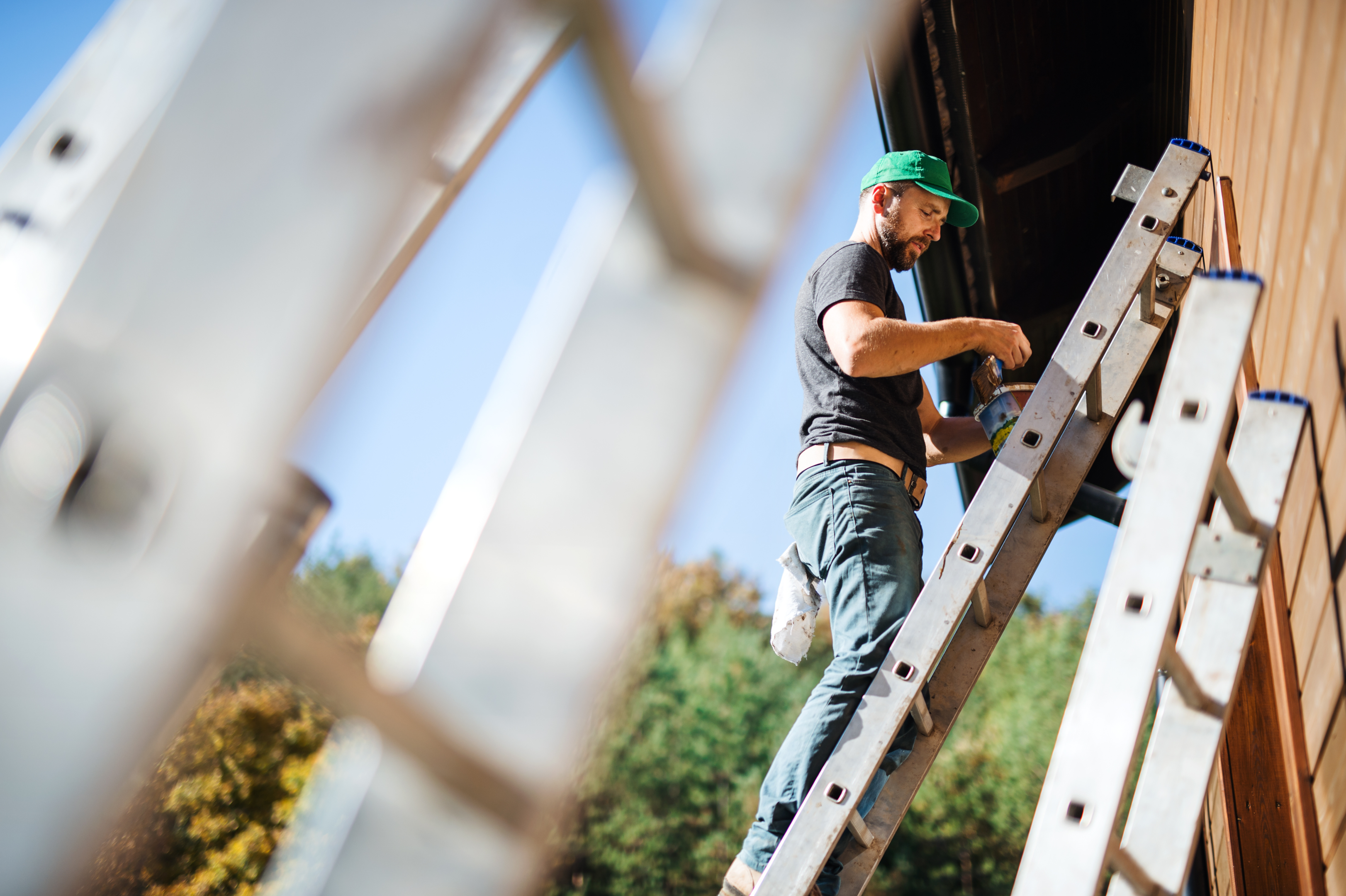
Painting Hardie board siding is not only possible, but can also give your home’s exterior a much-needed refresh. Whether you’re looking to update the color scheme or simply protect your investment, painting your Hardie board siding can be a cost-effective way to rejuvenate your home’s appearance.
There are several reasons why homeowners may choose to paint their Hardie board siding, such as refreshing the look of their home, protecting against wear and cracks, and increasing resale value. Regardless of the reason, it’s essential to understand the differences between pre-primed and ColorPlus Hardie board and the steps involved in the painting process.
Reasons to Paint Hardie Board
One of the main reasons to paint Hardie board siding is to give it a refreshed look. Over time, the original color may fade or become outdated, making a new coat of paint a simple solution for revitalizing your home’s exterior.
Additionally, painting Hardie board siding can help protect against wear and cracks, potentially prolonging its lifespan. This added layer of protection not only maintains the siding’s durability but also increases your home’s resale value, making the painting process a worthwhile investment.
Pre-primed vs. ColorPlus Hardie Board
Pre-primed Hardie board siding requires painting to ensure its longevity. Priming enhances the adherence of the paint, produces a more polished finish, and seals the surface to avert moisture damage. If you opt for pre-primed Hardie board, painting is a necessary step to protect your investment.
On the other hand, ColorPlus Hardie board comes already painted, with the color baked into the material during the manufacturing process. While repainting is not necessary, ColorPlus Hardie board can be repainted if you desire a different color or to refresh the existing color over time. Just keep in mind that repainting ColorPlus Hardie board may void its warranty.
Choosing the Right Paint for Hardie Board Siding
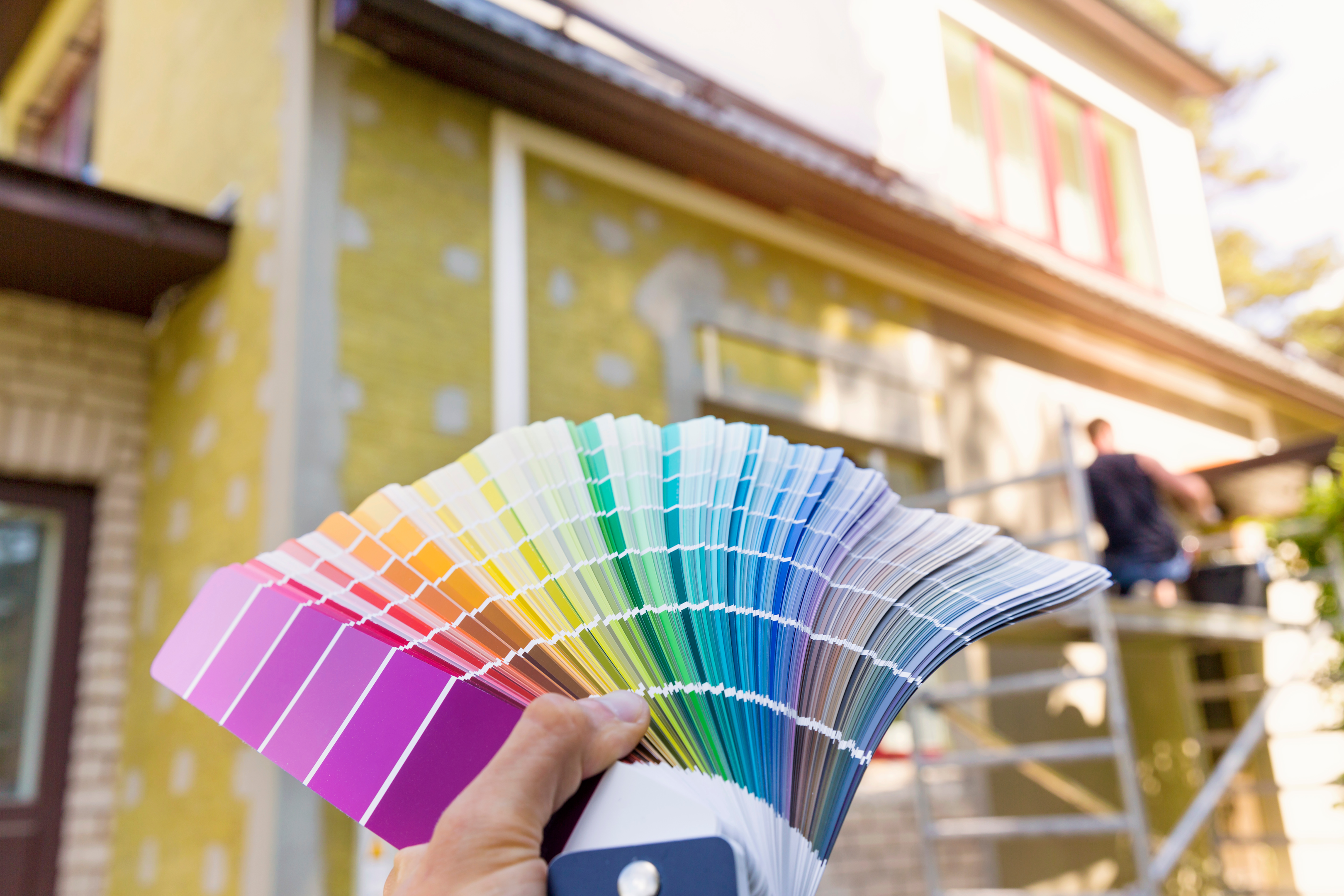
Selecting the right paint for Hardie board siding is essential for its longevity and appearance. The recommended paint type is 100% acrylic exterior paint or acrylic latex paint, which provides superior adhesion and protection against wear, fading, and mildew. Elite Home Exteriors NW recommends brands like Sherwin Williams and Miller Paint for optimal results.
When choosing the paint color for your Hardie board siding, consider the current trends and colors that may increase your home’s resale value. Selecting a popular color can make your home more appealing to potential buyers and ensure that your investment in painting the siding pays off.
Recommended Paint Types
For a successful paint job on Hardie board siding, using 100% acrylic paint or acrylic latex paint is crucial. These paint types are specifically formulated for fiber cement siding and offer excellent adhesion, mildew resistance, and fade resistance. Sherwin Williams Emerald paint and Benjamin Moore Regal Select are considered the best options for Hardie board siding.
Avoid using oil-based paints or stains, as they may not adhere correctly to Hardie board siding and could cause complications down the line. Sticking to high-quality acrylic paints ensures a lasting and visually appealing result.
Factors to Consider
When selecting paint for Hardie board siding, consider the light-reflective value (LRV) of the paint. Opt for a paint with an LRV of 55 or higher to ensure optimal results.
Also, take into account the trending colors in your area and the potential resale value of your home. Choosing a popular and attractive color can make your investment in painting Hardie board siding even more worthwhile.
Step-by-Step Guide to Painting Hardie Board Siding
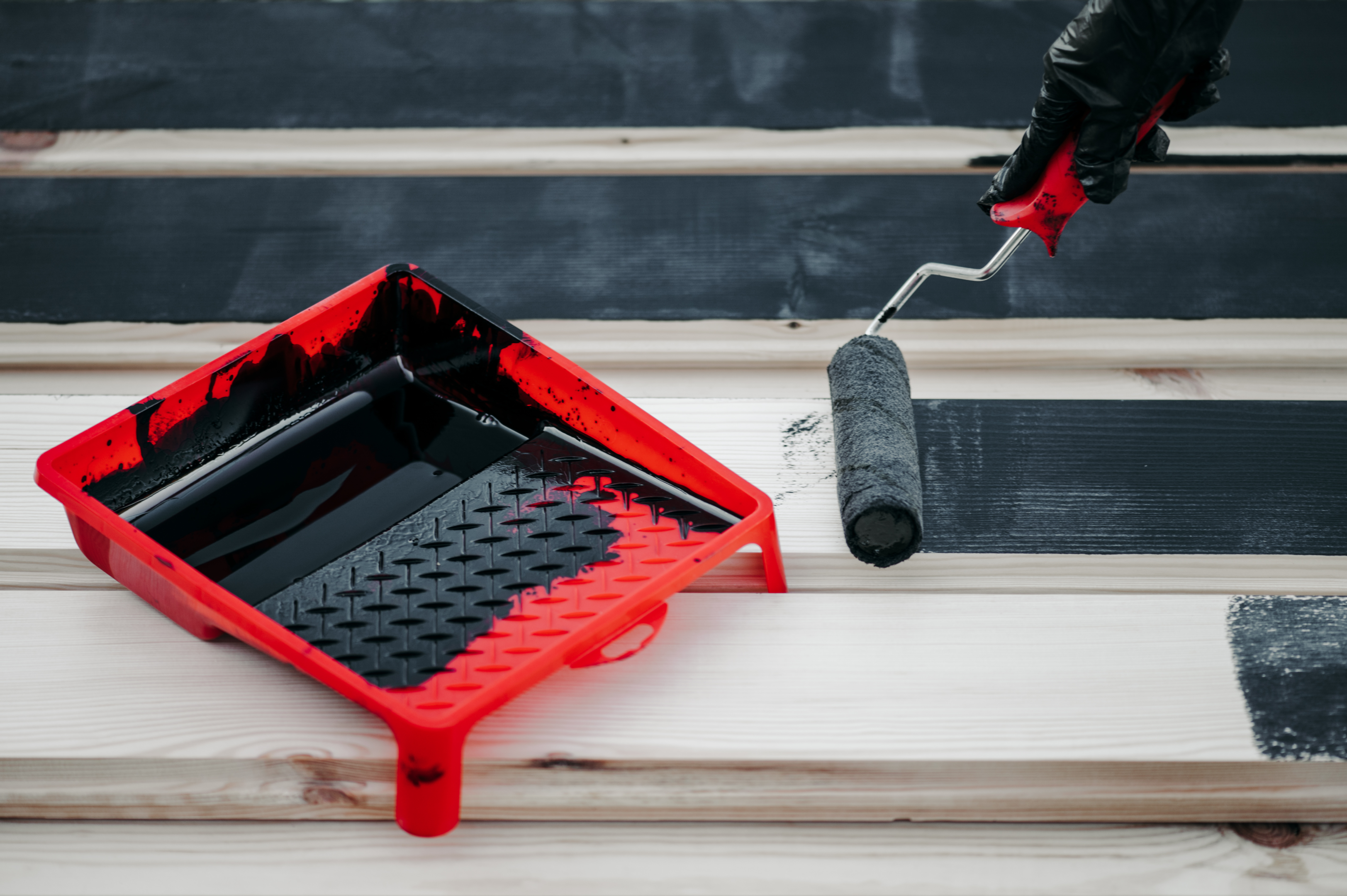
Painting Hardie board siding is a four-step process that requires experience and expertise to achieve a successful exterior paint job. First, clean the surface of the siding by removing dirt, mold, and mildew with a pressure washer or garden hose. Next, remove any peeling paint and sand any rough spots on the siding. Following that, seal all seams and joints with paintable caulk to prevent moisture from entering the siding. Finally, apply two even coats of paint to the Hardie board siding, ensuring a consistent and professional finish.
While this process may seem straightforward, the expertise and precision required to execute each step correctly make hiring a professional painter a wise investment. Mistakes made during the preparation or painting process can lead to costly repairs or a shorter lifespan for the paint job.
Preparation Tips
Properly preparing the surface of your Hardie board siding is crucial for a successful paint job. Begin by cleaning the siding with a pressure washer or garden hose to remove dirt, dust, mold, and mildew. This step ensures that the paint adheres correctly and creates a smooth, even finish.
Next, inspect the siding for any peeling paint or rough spots. Remove any loose paint and sand down the rough areas to create a smooth surface for the new paint to adhere to.
Finally, seal all seams and joints with paintable caulk to prevent moisture from entering the siding and causing damage. This step not only ensures a professional-looking paint job, but also protects your Hardie board siding from potential issues.
Painting Techniques
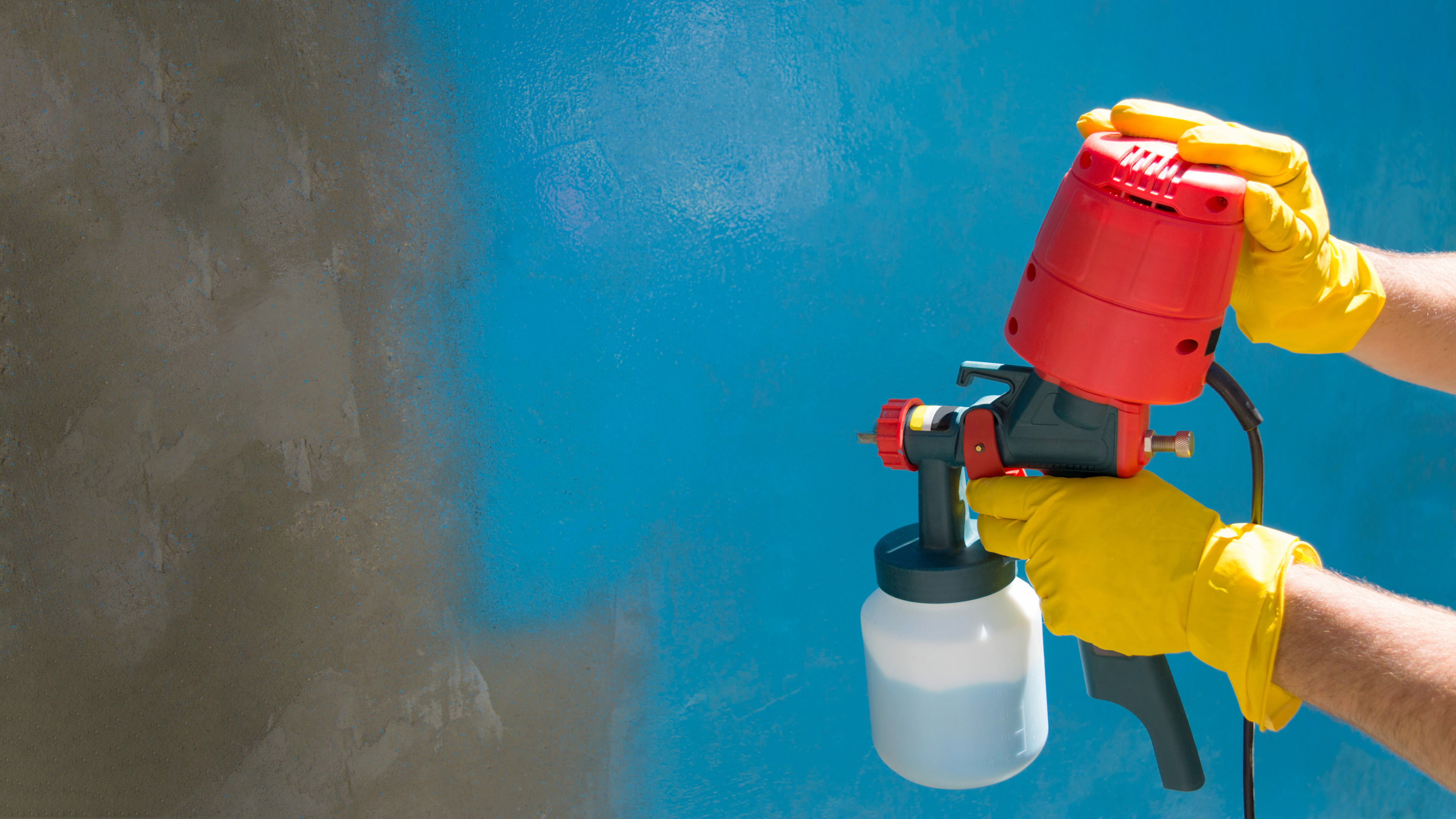
For a perfect and attractive finish to Hardie board siding, using a spray application when painting is the preferred technique of professional exterior painting experts. This method provides a factory-like finish. This technique ensures even coverage and a polished result, making your home’s exterior look fresh and well-maintained.
Investing in a professional painter with experience in spray application techniques is essential for a successful Hardie board siding paint job.
Hiring a Professional vs. DIY Painting
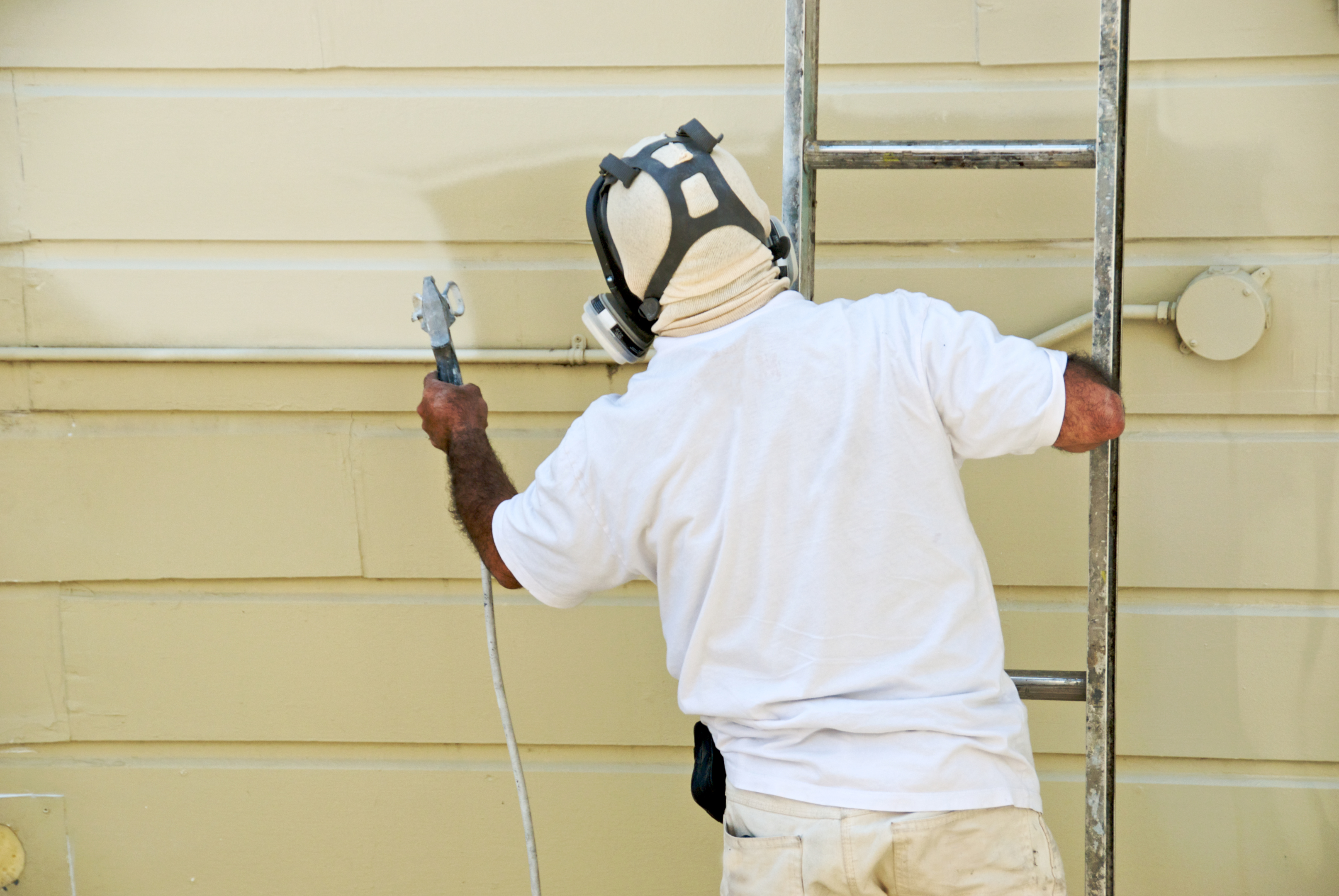
Due to the complexity of the job and the potential for costly mistakes, it is highly recommended to hire a professional painter for your Hardie board siding project. A professional painter has the necessary experience, equipment, and specialized expertise in paint and techniques to ensure a lasting and visually appealing result.
DIY painting of Hardie board siding is not recommended. The intricate nature of the task and the risk of expensive errors make hiring a professional painter a wise investment.
In addition, a substandard paint job may require costly repairs or even decrease the resale value of your home. It’s always best to trust a professional with the expertise to handle your Hardie board siding paint project.
Benefits of Hiring a Professional
Hiring a professional painter for your Hardie board siding project offers numerous benefits. A professional can achieve superior results due to their experience and expertise in painting techniques, ensuring that your siding looks polished and well-maintained. They also have access to the appropriate equipment, such as spray application tools, which can provide a smooth, factory-like finish.
Additionally, a professional contractor should have insurance to rectify any errors in the unlikely event that your paint job is not up to standards. This added peace of mind makes hiring a professional painter a worthwhile investment for your Hardie board siding project.
DIY Painting Considerations
While DIY painting may seem like a cost-effective option, the challenges and potential drawbacks make it a risky choice for Hardie board siding. The need for professional expertise in paint types, preparation, and application techniques makes hiring a professional painter a more reliable and worthwhile investment.
Cutting corners on such an important project can lead to costly repairs or decreased resale value, making the benefits of hiring a professional painter far outweigh the risks of DIY painting.
Maintenance and Repainting Frequency
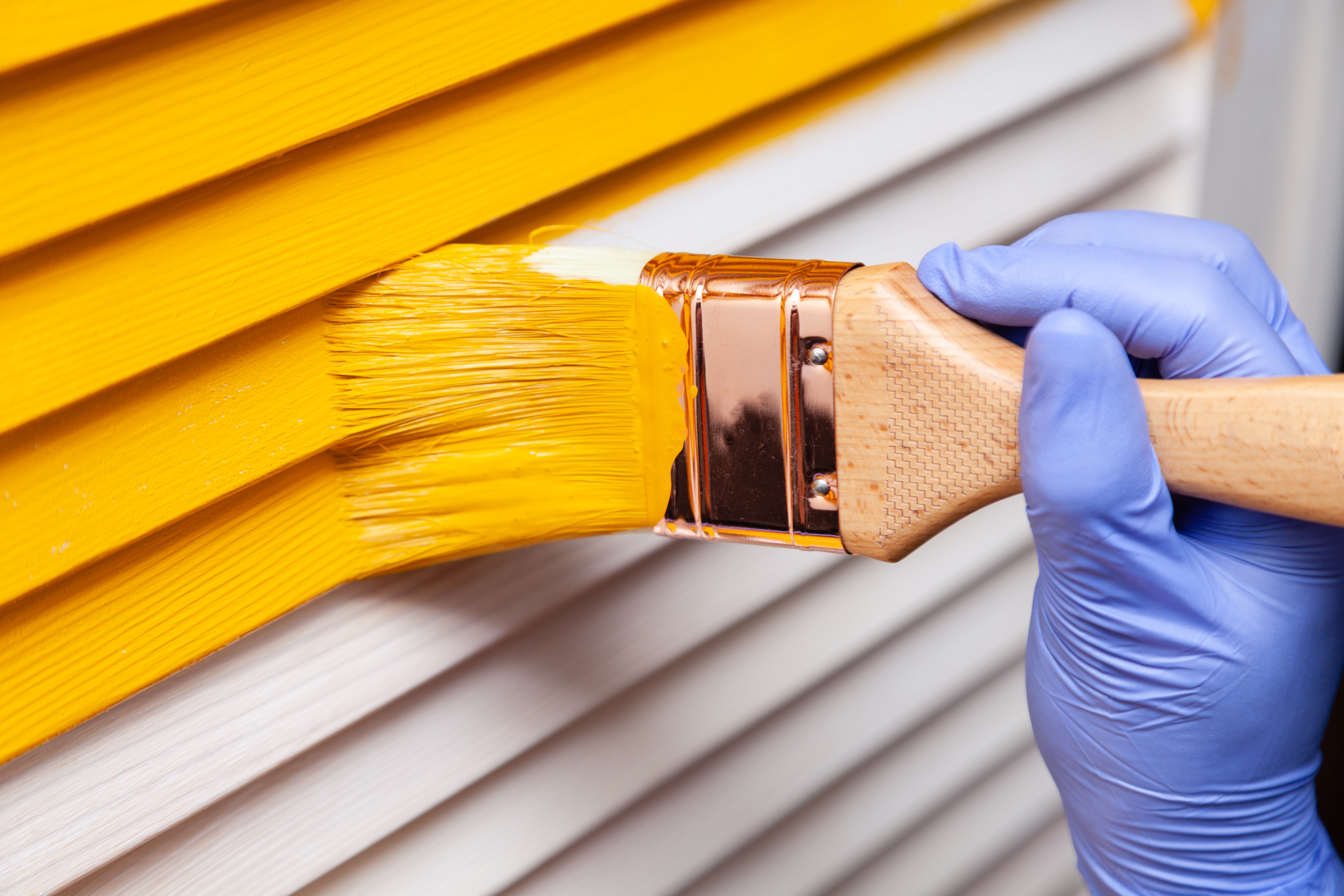
A correctly executed paint job on Hardie board siding can last at least 10 years, providing long-lasting protection and visual appeal for your home. However, it’s important to note that repainting Hardie board siding may void the Hardie warranty, so be sure to take this into consideration before undertaking a painting project.
To extend the life of your painted Hardie Board siding, follow a few simple maintenance tips. Regularly clean your siding with a garden hose or low-pressure water spray to remove dirt and debris, and inspect the siding for any signs of damage or wear. Addressing any issues promptly will help maintain the siding’s durability and appearance, ensuring a long-lasting and visually appealing exterior for your home.
Repainting Timeline
The suggested timeline for repainting Hardie board siding is every 10 to 15 years, depending on the condition of your siding and the quality of the paint job. To prepare your siding for repainting, follow the necessary steps such as cleaning the surface, repairing any damage, and priming the surface. This will ensure that your new paint job adheres correctly and provides long-lasting protection and visual appeal.
Keep in mind that if you have ColorPlus Hardie board siding, repainting may void the warranty. If your siding starts to fade or chip before the warranty expires, it may be more beneficial to take advantage of the warranty and have your siding replaced. This can provide a fresh appearance and maintain the warranty protection for your investment.
Maintenance Tips
To maintain your painted Hardie board siding, regularly wash the siding with a garden hose or low-pressure water spray to remove dirt, dust, mold, and mildew. Inspect the siding for any signs of damage or wear, such as peeling paint or rough spots, and address any issues promptly.
By keeping your siding clean and well-maintained, you can prolong the life of your paint job and ensure a visually appealing exterior for your home.
Summary
In conclusion, painting Hardie board siding can breathe new life into your home’s exterior, providing both aesthetic and practical benefits. By following our step-by-step guide and considering factors such as paint type, repainting timeline, and maintenance, you can ensure a successful paint job that lasts for years to come. Whether you choose to hire a professional or tackle the project yourself, remember that investing in the right paint and techniques is crucial for the longevity and appeal of your Hardie board siding. Your home’s exterior is a reflection of your attention to detail and care – make it a masterpiece with a fresh coat of paint.
Frequently Asked Questions
What kind of paint do you use on Hardie siding?
For Hardie siding, you should use 100% acrylic exterior paint for the best results. It’s important to also use a quality 50-year paintable caulking to fill in any cracks before painting.
Make sure your trim is specifically designed to bond with fiber cement.
What is the best way to paint Hardie board?
For the best painting results with Hardie board, it is important to remove dirt and mildew, ensure the surface is primed properly, seal cracks with quality acrylic caulk, and use 100% acrylic or acrylic latex paint.
To complete the project, apply up to two coats of paint for optimal results.
Is Hardie board hard to paint?
In short, painting Hardie board is not hard to do if you follow the proper steps. With the right preparation and tools, it can be achieved with a professional-looking result.
Be sure to use an acrylic latex paint specifically made for exteriors to ensure maximum durability and finish.
Do I need to prime Hardie board before painting?
It is recommended to prime the Hardie Board before painting it. Primer helps the paint stick better and also helps to seal the surface of the siding, preventing moisture from seeping in and causing damage.
Therefore, if you are planning to paint your Hardie Board siding, be sure to apply a primer first for the best results.
Can you paint cement board?
Yes, you can paint cement board. However, it is important to use a 100% acrylic paint that is designed for outdoor exposure and you should also use a quality primer prior to painting to help the paint adhere better.
Additionally, you should follow any patterned grain when painting and caulk around transitions for a clean finish.
